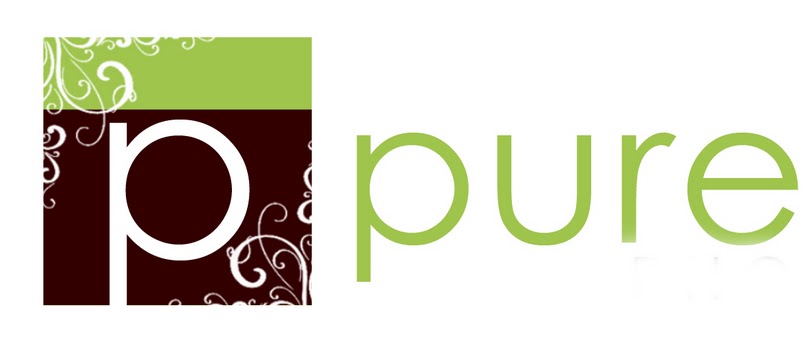We are so pleased to have a guest blog post by Matthew Kees of MLK Studios. Matthew provides online photography education that is second to none. Matthew has also kindly consented to offer a SUPER sale for our readers. Using the code "super sale" at MLK Studios you can get the entire comprehensive eight week photography course for $199. (This is an incredible savings.) This is a great way to take your images to the next level.
Without further ado...here's Matthew.
Using a Gray Card
Whether you shoot film, digital or both a gray card is a very important tool to own and use. The older style gray cards, made by Kodak and others, are designed for setting exposure. A camera's exposure meter (aka "light meter") is based on a standard. If it weren't then we'd have to experiment with every camera and meter to figure out what the meter was really telling us. The standard that was agreed to many years ago, is called 18% "reflectance", or 18% gray or "middle" gray. **** 18% is a middle tone in photography because our exposures are based on "stops" which double or halve the amount of light. So exposure is logarithmic and not linear.When you hold an 18% reflectance card in front of the camera, it is reflecting exactly the right amount of light that your meter is "tuned" to. A lighter card would cause you to underexpose (the meter would try to make it darker) and a brighter card would make you overexpose (the meter would tell you how to make it lighter). The same is true for any "scene" you aim the camera at. If the scene is bright, your indication will be underexposed, and a dark scene gets overexposed. By pointing to a standardized middle tone, the meter always gives you the correct exposure.The newer type of gray cards are designed for setting white balance. They tend to be a bit lighter than an exposure card, so you wouldn't use it to set the exposure. Instead, it is made to reflect the three primary colors of light equally, so that any light bouncing off of it will show the color of the light. You've probably taken a shot indoors and noticed it looks orange (or amber) or outdoors in shade and noticed the color was too blue. A gray card will let you capture the right color of the scene.All digital SLR's have White Balance presets. Examples are Daylight, Cloudy, Shade, Fluorescent and Incandescent (or Tungsten). These have preset Kelvin temperatures that professionals use to measure the "color" of light. Blue light outdoors has a higher Kelvin temp than a tungsten, or incandescent, light indoors. Setting the Kelvin temp in the camera to match the temperature of the light gives you the truest color.Since the presets are often a few hundred degrees apart, the light may not fit exactly into a preset setting. For example, if you shoot with normal household lights, they burn at 2600K (or so depending on the make an wattage) and the Incandescent (or Tungsten) preset is set for 3200K lamps used professionally in studios and movie sets. So while the colors will be close to real, they aren't exactly right. Using a digital gray card to set the Kelvin temperature in camera (or later in post when shooting RAW) lets you match exactly to the true Kelvin temperature of the light, and therefore gives you the truest color of the subject.Don't spend a lot on a collapsible reflector style tool to set WB or exposure. Instead, get a Kodak (or Delta) card for exposure and a Robin Myers Imaging, WhiBal, Digital Gray Kard (or similar) for white balance. The Photovison targets have a good middle tone for exposure, but the color is not truly neutral for white balance. Save your money.Matthew L KeesDirector of MLKstudios.comApril 18, 2011










Awesome deal!
ReplyDeleteFinally, an issue that I am passionate about. I have looked for information of this caliber for the last several hours. Your site is greatly appreciated.
ReplyDeletecarpeting